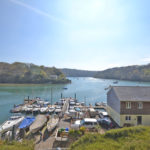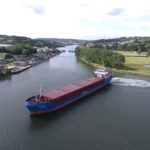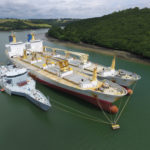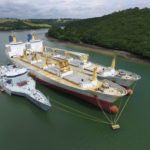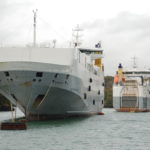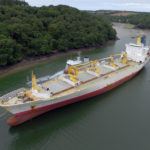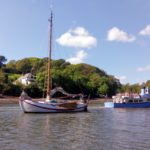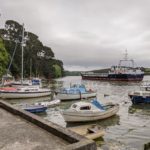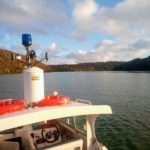the port of truro
Truro Harbour Office, Town Quay, Truro, Cornwall, TR1 2HJ
HARBOUR MASTER
Mark Killingback
CALL:
01872 224231
Welcome to The Port of Truro
The Port of Truro is 2,500 acres in size and has a significant number of leisure moorings together with visitor’s pontoons and quays. The entire Fal estuary holds approximately 4,500 moorings, 1500 of which are located within the port of Truro.
The port also has a long history of commercial activity and current operations are focussed at Lighterage Quay, Newham. The quay currently handles general bulk cargoes, primarily scrap and a ship recycling facility has been established. In addition, there are a number of deep water lay up berths for large vessels situated in the River Fal, near King Harry Ferry. These moorings can accommodate vessels up to 190m length overall.
History
For centuries, The Port of Truro has had a major influence on the fortunes of the city. From the early 13th Century onwards, tin production in Cornwall increased dramatically.
It was known that the Phoenician traders who brought cloth and other commodities to Cornwall and took away tin ore visited the port of Truro. Similarly, the Romans occupied sites on the banks of the Fal and there is evidence to show that they dredged for oysters in the Fal Estuary. It is on record that King John in about the year 1200 gave the Mayor of Truro jurisdiction over the whole of the Truro River and Fal Estuary, which included the whole of the Falmouth Harbour. Unfortunately, the citizens of Truro backed the losing Parliamentary cause in the Civil War, for which their punishment was a reduction in their customs income resulting from a new restriction in the port boundaries. In addition, Charles II gave a new Customs House to Falmouth.
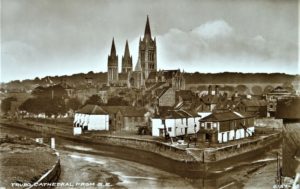
This division in the administration of the Port and the resultant loss of income caused quite a furore in Truro at that time. It became necessary in 1703, during the reign of Queen Anne, to set up a commission to properly identify the new boundary.
This was finally fixed in 1709 as being a line joining Messack Point on the north side of the St Just inlet on the east bank of the Carrick Roads and Penarrow Point on the west bank just below Mylor. These points still mark the current southern port limits and are identified by each having a granite pillar with the date and TC (Truro Corporation) engraved upon them.
By the 17th Century a much wider range of goods was passing through the port and it was also handling nearly half of Cornwall’s copper exports, while also dealing with imports of timber, coal and other goods.
In the 18th Century, smelting works for tin were established at Newham and the period from 1730 to 1850 would prove to be a golden age for commerce and industry in Truro. During this period there were as many as sixty cargo ships using Newham as their home port. It was around this time that Lighterage Quay became known as Dynamite Quay: explosives from Nobel’s factory in Perranporth were loaded on to ships there – having first been transported through the centre of Truro!
From 1840, passenger boats started operating between Truro and Falmouth and in 1855 the first railway station opened in Newham. This gave a further boost to trade. Merchants could unload their goods on the banks of the river at Newham and Malpas and send them all over the country by train. For the next 100 years, the Newham Line carried cargo the three miles to the main railway line, until Newham Station was finally closed in 1965, following the Beeching Report. The freight line finally closed completely in 1971.
The River Fal lay up moorings, within the Port of Truro, have hosted many ships over the years and continue to this day.
photo gallery
Photo credits – Krispen Atkinson / Channel Images / Neil Wood

